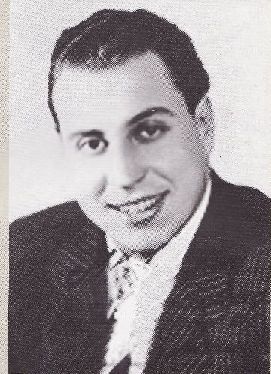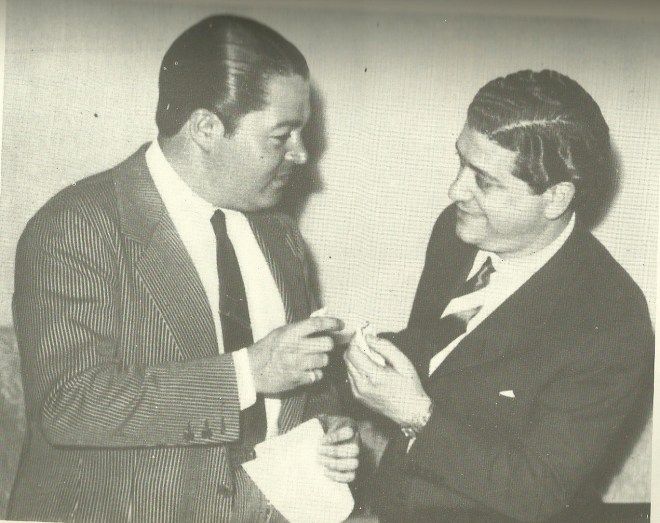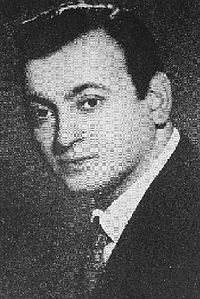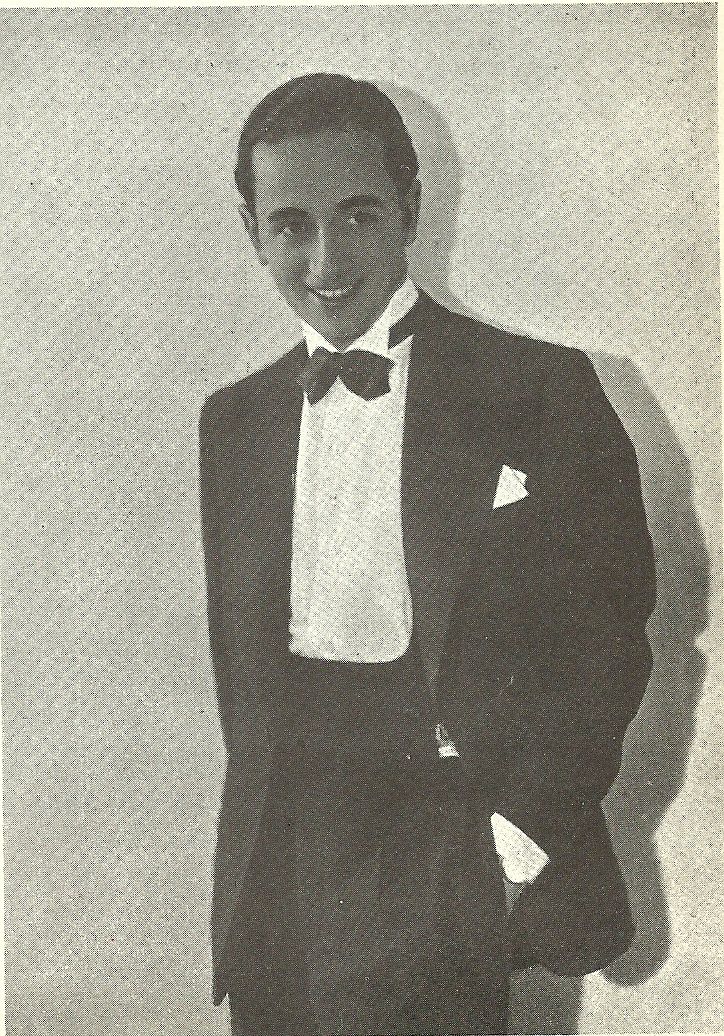“Tango Brujo” by Juan D’Arienzo y su Orquesta Típica with Héctor Mauré, 1943 (English translation of the lyrics).
 “Tango que sos un encanto
“Tango que sos un encanto
De quien escucha tus sones,
Tango que atraes corazones,
Con tus dulces cantos
Y tus bandoneones.
Sos de cuna humilde,
Y has paseado el universo,
Sin más protocolo,
Que tu música y tus versos,
Para abrirte paso
Has tenido que ser brujo,
Por tus propios medios
Lograste tu triunfo.
Tango que sos un encanto,
Hoy vive tu canto,
En mi corazón.
¡Tango!, ¡Tango!
Tango bravo, tango lindo,
Tango noble, tango guapo
Tango hermano
De mis largas noches tristes,
Compañero de mi pobre corazón.
Tango bravo, fascinante,
¡Tango brujo!,
Tango bravo, combatido,
Tango bravo,
Tango gaucho
Que a pesar de tanta contra
Defendiste con altura,
Tu bravura de varón.”
“Tango, you are an enchanter
Of those who listen to your sounds,
Tango, you attract hearts,
with your sweet songs
and your bandoneons.
You have humble origins
And traveled the universe
without more attributes
other than your music and your verses.
To open your path
you had to be a sorcerer
with your resources
you achieved success.
Tango, you are an enchantment,
today your song lives
in my heart.
Sorcerer Tango!
Brave Tango, Beautiful Tango!,
Noble Tango, courageous Tango!
Brother Tango
Of my long sad nights,
mate of my barren heart.
Fascinating courageous Tango!
Sorcerer Tango!
Brave Tango, Opposed,
Brave Tango!
Gaucho Tango,
despite the odds against you,
you loftily defend your manly bravery.”
Music and lyrics: Francisco Canaro.







